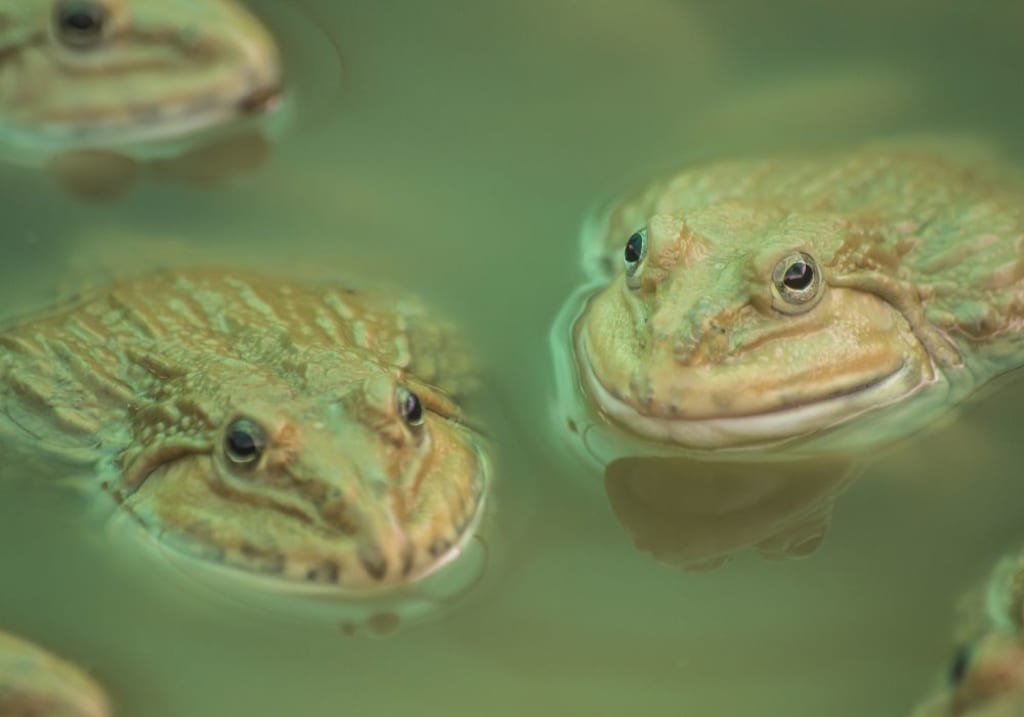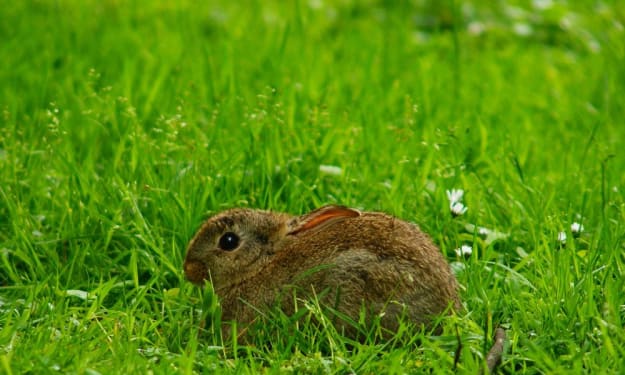Maintaining the Perfect Temperature for Your Pet Frog
The Essential Guide

Keeping your pet frog healthy and thriving requires careful attention to its environmental needs, with temperature control being one of the most critical factors. Frogs are ectothermic, meaning they rely on external heat sources to regulate their body temperature. Providing the right temperature range is essential for your frog's metabolism, digestion, immune function, and overall wellbeing.
In this comprehensive guide, we'll explore the optimal temperature requirements for different frog species, share practical tips for creating and maintaining the ideal habitat, and discuss common temperature-related issues and how to address them. Whether you're a new frog owner or looking to improve your pet's living conditions, this post will equip you with the knowledge to ensure your amphibious companion stays comfortable and healthy.
Understanding Frog Temperature Needs
Frogs are found in a wide variety of habitats around the world, from tropical rainforests to temperate wetlands. As a result, their temperature requirements can vary significantly depending on the species. Generally, most pet frogs do best in a temperature range between 70-85°F (21-29°C), with some species preferring slightly cooler or warmer conditions.
It's important to research the specific temperature needs of your frog's species, as getting the temperature wrong can lead to serious health problems. For example, African dwarf frogs thrive in the 75-82°F (24-28°C) range, while the Pacman frog prefers a slightly warmer 78-85°F (26-29°C) environment.
Maintaining the correct temperature is crucial for your frog's metabolism, digestion, and immune function. If the habitat is too cold, your frog may become lethargic, stop eating, and be more susceptible to illness. Conversely, if it's too hot, your frog can experience stress, dehydration, and even organ failure.
Creating the Ideal Habitat
Establishing and maintaining the optimal temperature range for your pet frog requires careful planning and monitoring of the habitat. Here are some key steps to create the perfect temperature-controlled environment:
Choosing the Right Enclosure
The size and type of enclosure you choose can significantly impact your frog's temperature regulation. Larger enclosures with more air space tend to be more challenging to heat and maintain consistent temperatures. Opt for a suitably sized terrarium or aquarium that provides enough room for your frog to move around comfortably without excessive empty space.
Selecting the Appropriate Heating Equipment
There are several heating options to consider for your frog's habitat, each with its own advantages and drawbacks:
- Basking lamps: Provide focused, directional heat that mimics the sun's rays. Ideal for creating a temperature gradient within the enclosure.
- Under-tank heaters: Provide gentle, even heat from below, helping to maintain a consistent temperature.
- Ceramic heat emitters: Emit infrared heat without producing light, making them suitable for 24/7 use.
- Heat mats: Provide low-level, ambient heat, but may not be sufficient for larger enclosures.
Carefully research the specific heating needs of your frog's species and choose the appropriate equipment accordingly.
Monitoring and Adjusting Temperature
Consistent temperature monitoring is essential for maintaining the ideal habitat. Use a reliable digital thermometer with a probe placed at the frog's primary basking or resting area to ensure the temperature stays within the recommended range. Adjust your heating equipment as needed to fine-tune the environment.
It's also important to create a temperature gradient within the enclosure, with a warmer basking area and a cooler retreat zone. This allows your frog to thermoregulate naturally by moving between the different temperature zones.
Common Temperature-Related Issues and Solutions
Even with the best efforts, you may encounter temperature-related problems in your frog's habitat. Here are some common issues and how to address them:
Overheating
If your frog appears lethargic, is panting, or has reddened skin, it may be experiencing heat stress. Immediately lower the temperature by turning off or adjusting the heating equipment, and provide access to a cooler area of the enclosure. Ensure adequate ventilation and consider misting the habitat to increase humidity and help your frog cool down.
Hypothermia
Frogs that are too cold may become sluggish, stop eating, and exhibit signs of distress. If the habitat temperature drops below the recommended range, increase the heat output of your equipment and monitor the frog's response closely. You may also need to provide additional hiding spots or insulation to help retain warmth.
Fluctuating Temperatures
Dramatic temperature swings can be stressful for frogs and lead to health issues. Invest in a reliable thermostat or temperature controller to maintain a consistent temperature, and consider using a backup heating source in case of equipment failure.
Inadequate Basking Spots
If your frog doesn't have access to a warm basking area, it may struggle to regulate its body temperature effectively. Adjust the positioning or wattage of your heating equipment to create a clear temperature gradient, allowing your frog to move between the warmer and cooler zones as needed.
By understanding your frog's temperature requirements, setting up the ideal habitat, and addressing any issues promptly, you can ensure your pet stays healthy, active, and thriving. Remember to regularly monitor the temperature, make adjustments as needed, and consult with a veterinarian if you have any concerns about your frog's wellbeing.
Conclusion
Maintaining the perfect temperature for your pet frog is essential for its overall health and longevity. By following the guidelines outlined in this comprehensive guide, you can create a comfortable, temperature-controlled environment that meets your frog's specific needs. Remember to research your frog's species, choose the right heating equipment, monitor temperatures closely, and address any issues quickly. With the right temperature management, you can provide your amphibious companion with the ideal living conditions for a long and happy life.
About the Creator
Hasan
Welcome...
In this site of mine you can learn amazing things and many information that you don't know so please subscribe to my site.
Enjoyed the story? Support the Creator.
Subscribe for free to receive all their stories in your feed. You could also pledge your support or give them a one-off tip, letting them know you appreciate their work.






Comments
There are no comments for this story
Be the first to respond and start the conversation.